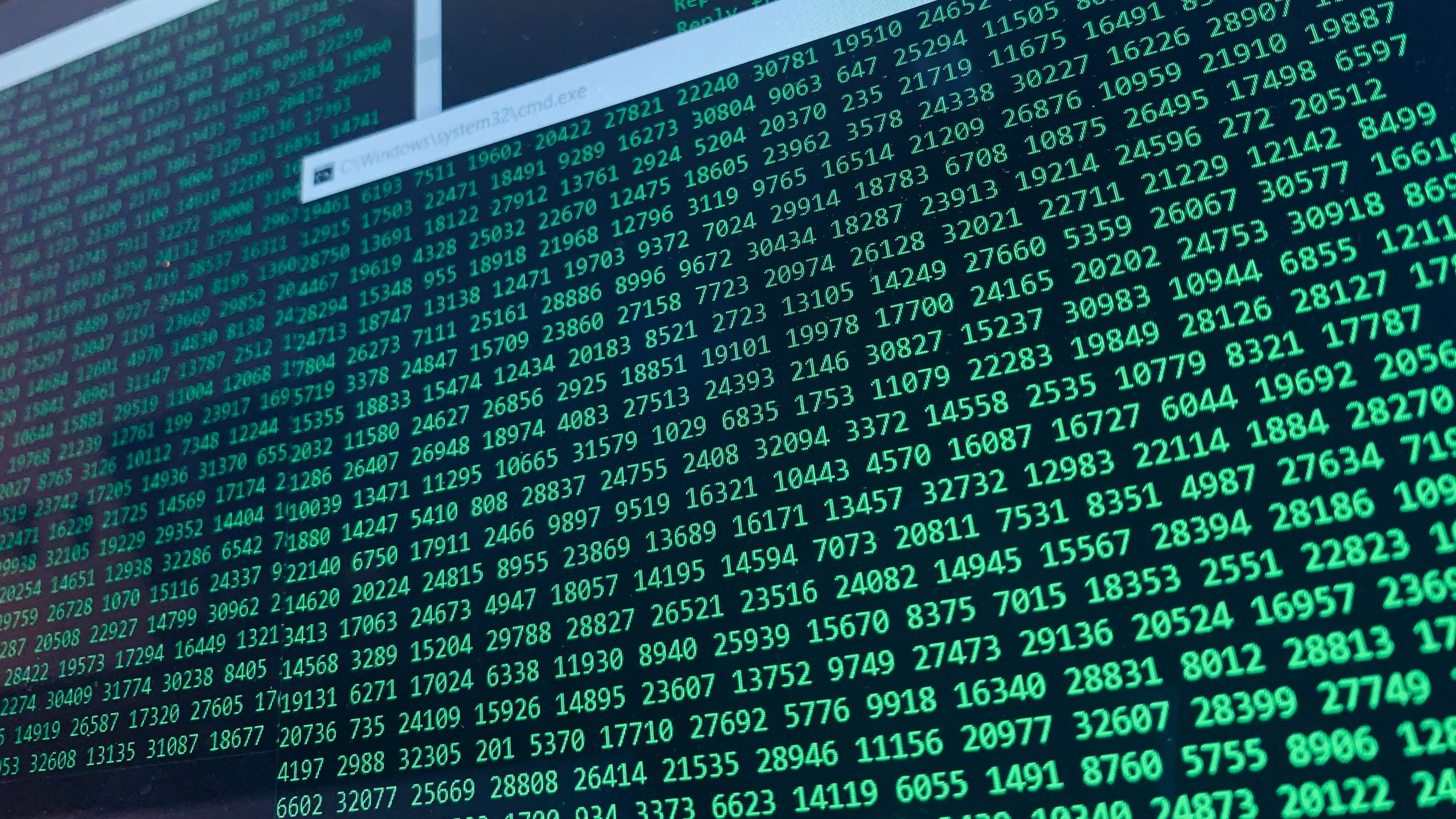
- On this page:
-
 Featured Publications
Featured Publications
-
 News
News
-
 Lead Researcher
Lead Researcher
Coding Theory
Coding theory has traditionally been used for detection and/or correction of errors in noisy communication channels. More recent applications include data storage, data compression, cloud computing and cryptography. Coding theory is an inter-disciplinary subject with connections to computer science, electrical engineering and many branches of mathematics. This research focuses on construction and decoding of error-correcting codes obtained from discrete and algebraic structures.
Featured Publications
We use symplectic self-dual additive codes over \(\mathbb{F}_4\) obtained from metacirculant graphs to construct, for the first time, \( \left[\kern-0.15em\left[ {\ell, 0, d} \right]\kern-0.15em\right] \) qubit codes with parameters \( (\ell,d) \in \{(78, 20), (90, 21), (91, 22), (93,21),(96,22)\} \). Secondary constructions applied to the qubit codes result in many new qubit codes that perform better than the previous best-known.
Nine new \(\mathbb{F}_4\) linear codes with lengths 52, 56, 64, and 72 that improve previously best known parameters are constructed. By modifying these codes, another 17 new codes are obtained. It is conjectured that the complete set of factors of \( x^{2n} – 1\) can be derived from the factors of \(x^n – 1\) for even values of \(n\) in the skew polynomial ring \(\mathbb{F}_4[x;\theta]\). It is further shown that the \( [52, 28, 13]\) code obtained is linearly complementary dual.
We construct qubit stabilizer codes with parameters 〚81,0,20〛2 and 〚94,0,22〛2 for the first time. We use symplectic self-dual additive codes over 4 built by modifying the adjacency matrices of suitable metacirculant graphs found by a randomized search procedure.
Let \(\mathrm {R}={\mathbb {F}}_4+v{\mathbb {F}}_4, v^2=v\). A linear code over RR is a double cyclic code of length (r, s), if the set of its coordinates can be partitioned into two parts of sizes r and s, so that any cyclic shift of coordinates of both parts leave the code invariant. In polynomial representation, these codes can be viewed as \( \mathrm {R}[x] \)-submodules of \( \frac{\mathrm {R}[x]}{\langle x^r-1\rangle }\times \frac{\mathrm {R}[x]}{\langle x^s-1\rangle } \). In this paper, we determine generator polynomials of RR-double cyclic codes and their duals for arbitrary values of r and s. We enumerate RR-double cyclic codes of length \( (2^{e_1},2^{e_2}) \) by giving a mass formula, where \( e_1 \) and \( e_2 \) are positive integers. Some structural properties of double constacyclic codes over RR are also studied. These results are illustrated with some good examples.
Linear codes from neighborhood designs of strongly regular graphs such as triangular, lattice and Paley graphs have been extensively studied over the past decade. Most of these families of graphs are line graphs of a much larger class known as circulant graphs, rn(S). In this article we extend earlier results to obtain properties and parameters of binary codes Cn(S) from neighborhood designs of line graphs of circulant graphs.
This article discusses skew generalized quasi-cyclic codes over any finite field F with Galois automorphism θ. This is a generalization of both quasi-cyclic codes and skew polynomial codes. These codes have an added advantage over quasi-cyclic codes since their lengths do not
have to be multiples of the index.
After a brief description of the skew polynomial ring F[x; θ], we show that a skew generalized quasi-cyclic code C is a left submodule of R1 ×R2 ×. . .×Rℓ, where Ri , F[x; θ]/(xmi −1), with |⟨θ⟩| = m and m divides mi for all i ∈ {1, . . . , ℓ}. This description provides a direct construction of many codes with best-known parameters over GF(4). As a byproduct, some good asymmetric
quantum codes detecting single bit-flip error can be derived from the constructed codes.
We construct binary and ternary Linear Complementary Dual (LCD) codes with parameters. Further, we derive and study properties of a class of two, three and four weight codes C. We show that under suitable conditions C codes are self-orthogonal and satisfy the Griesmer bound.
We show that the generalized q-ary MacDonald codes Cn,u,t(q) with parameters [t[n1]−[u1],n,tqn−1−qu−1] are two-weight codes with nonzero weights w1=tqn−1, w2=tqn−1−qu−1 and determine the complete weight enumerator of these codes. This leads to a family of strongly regular graphs with parameters ⟨qn,qn−qn−u,qn−2qn−u,qn−qn−u⟩. Further, we show that the codes Cn,u,t(q) satisfy the Griesmer bound and are self-orthogonal for q=2.



